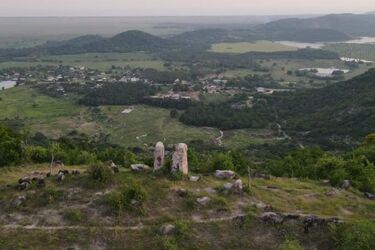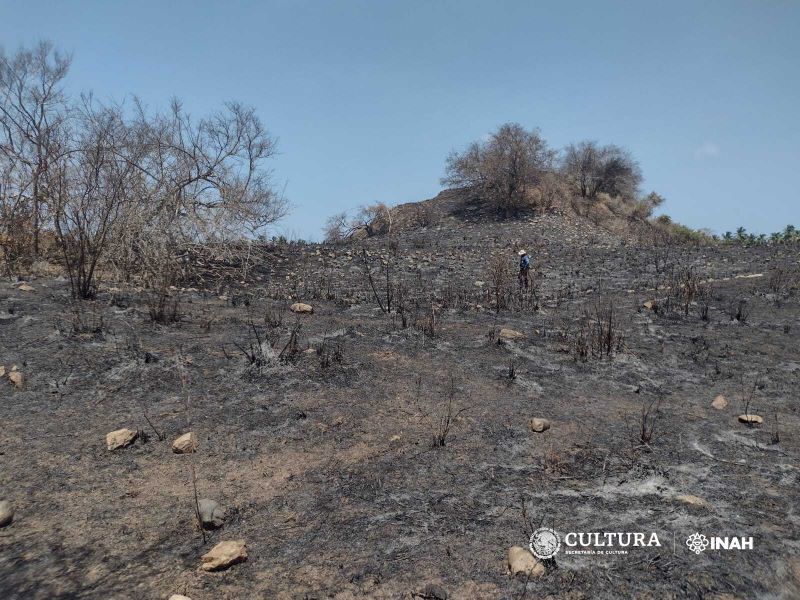Scientists discover lost settlement of Apancalekan in Mexico, which is almost 2000 years old (photo)

A large pre-Hispanic settlement was found in Mexico. Archeologists believe they have stumbled upon the lost settlement of Apankalekan.
According to Нeritagedaily, this city is spread over an area of more than 70 acres in the Costa Grande region of Guerrero. It contains 26 mounds centered on a large central mound up to 25 meters high.
The excavations also uncovered adjacent plazas that recorded altars and two smooth stelae, in addition to residential areas, ball fields and elongated structures possibly related to water storage.
Read also: Body of a beetle in amber over 98 million years old found in Myanmar (photo)
The study of the ceramic material found on the surface suggests that the site was first inhabited in the Classical period from about 200 to 650 AD.
Based on a comparison with historical sources from the 16th century, the researchers suggest that the settlement could correspond to the Apankalekan settlement mentioned in Table 18 of the Matricula de Tributos, a pre-Hispanic document that records the honor of the Aztec Empire by conquered cities.




It is noted that at that time Apankalekan was part of the Cihuatlán region, which was annexed to Aztec territories between 1497 and 1502 AD by Ahuitzotl, the eighth Aztec ruler. During his reign, Ahuitzotl conquered the Mixtecs, Zapotecs and other peoples from the Pacific coast of Mexico to the western part of Guatemala, more than doubling the land under Aztec rule.
As for the meaning of the word "apancalekan" in the Nahuatl language, this word consists of apan (apantli, water canal), kalla (house) and kan (local case), which if loosely translated means "place of a house with water canals".
Read also: Underwater robot finds 2000-year-old treasure in the Mediterranean (photos and video)
After the Spanish conquest, Apankalekan was renamed Tekepa, as it was recorded on the map in 1570 AD by cartographer Abraham Ortelius, but the location of the settlement has been lost until now.
As a reminder, a rare silver coin used to pay taxes in the Jerusalem Temple was found in the desert.
If you want to get the latest news about the war and events in Ukraine, subscribe to our Telegram channel!
